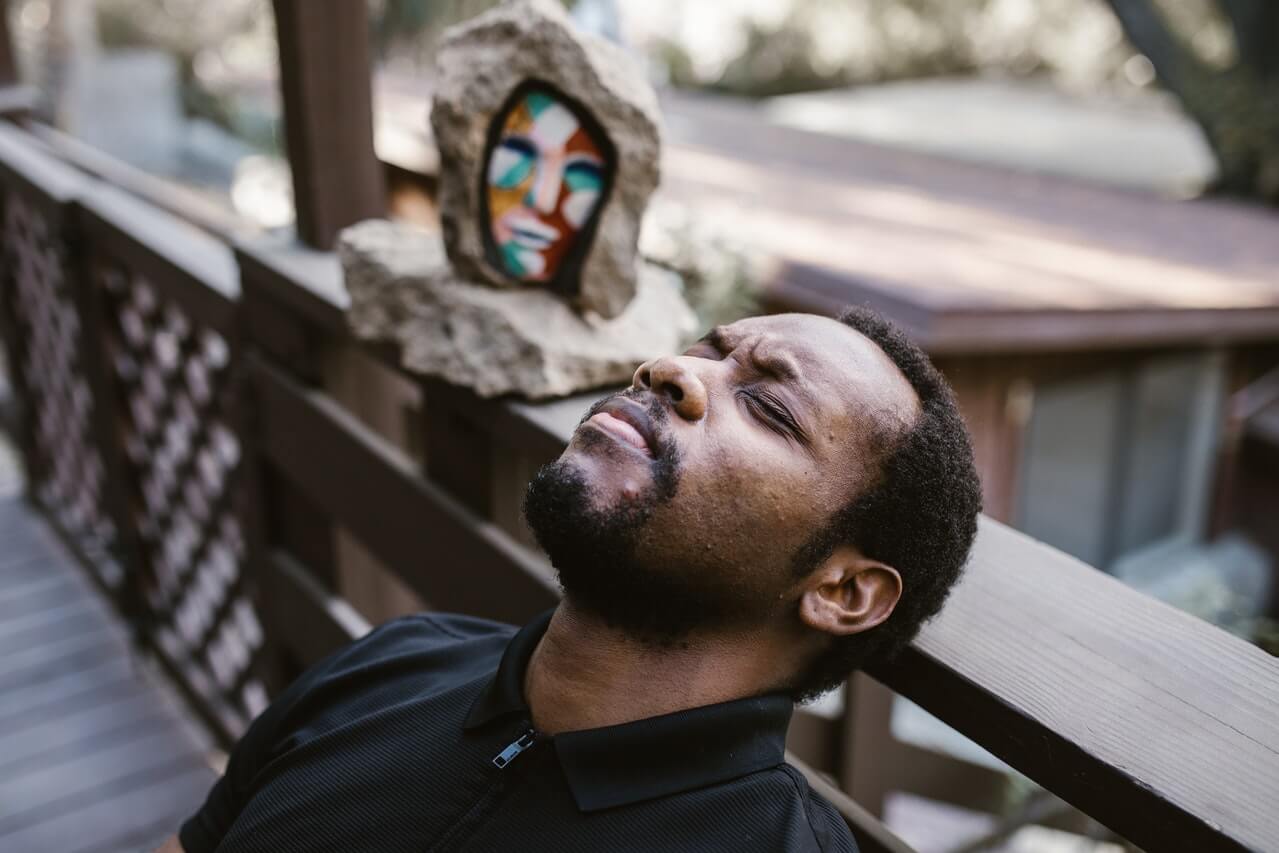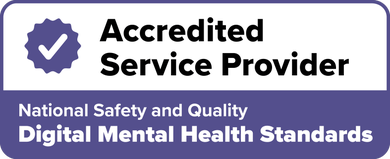Understanding The Top 3 Common Symptoms of PTSD
Imagine the worst day of your life. Now, imagine having to relive that painful memory over and over again. This is the reality for people struggling with PTSD.
During their lifetime, around 3 million Australians will suffer from Post Traumatic Stress Disorder.
However, PTSD is a treatable form of anxiety that can be overcome by survivors of traumatic events. All it takes is the knowledge, courage, and motivation to get started.
So, if you’re someone struggling with PTSD let’s talk about the 3 most common symptoms so you can better understand yourself and your situation and get you on a path to healing.
What Is PTSD?
PTSD, otherwise known as Post Traumatic Stress Disorder, is a psychological response to a traumatic event made up of mental, emotional, and physical reactions. For people struggling with this disorder, their inability to move past memories of the past keeps them from being able to fully enjoy the present.
PTSD was officially recognized in 1980 when Australian psychologists recognized the underlying condition that attributed to the ‘shell shock’ and ‘battle fatigue’ being exhibited by returning soldiers of war.
Since then, research has come a long way, as we’ve begun to understand that PTSD can be caused by many other circumstances other than combat.
What Causes PTSD?
Post Traumatic Stress Disorder can occur from both experiencing, or witnessing a traumatic event. This could be an event that was life-threatening or involved serious injury or violence.
While going through heartbreak may seem earth-shattering at the time, situations like these aren’t likely to cause PTSD. A few of the most common situations may be:
Serious accidents
Natural disasters
Living in a war zone
Being a victim of war
Being involved in combat
Sexual assault
Threatened assault
Physical assault
Witnessing others being severely hurt or killed
While experiencing these situations can certainly cause PTSD, there are a few risk factors that increase your chances after such an event:
Repeated, chronic trauma
Having anxiety or depression
Having any other sort of mental illness
Past childhood abuse
Little or no support after a traumatic event
Significant life stressors after a traumatic event
3 Common Symptoms of PTSD Explained
For anyone struggling with PTSD, their symptoms may feel confusing or debilitating at times. It’s important to understand what’s going on in the body during these flare-ups, so you have the tools to manage them when they arise.
Flashbacks
The most common and distressing symptom of PTSD is the re-experience of the traumatic event through flashbacks and nightmares. These are often hard to control and can happen at any time.
Flashbacks are vivid sensory experiences that can cause someone to feel as though they are right back in the traumatic event in real time. Sufferers often lose touch with the present moment as they relive their trauma in excruciating detail.
When a traumatic event is experienced, our brains alter the way our memories are stored. This is often for our protection, however, these memory disturbances can cause intense, repeated flashbacks.
What you can do when a flashback occurs
First and foremost, ground yourself. No other coping skills will work if you aren’t grounded. This can be done by opening your eyes, sitting upright, and looking around to identify all 5 senses. Positive self-talk can then be an effective tool to keep you calm and steady. Try saying things to yourself such as, “I am safe.” or “This is just a flashback. This IS NOT real.”
Hyperarousal
Those who suffer from PTSD may feel as though they’re in a state of constant alertness. This often is excessive as they spend much of their waking time scanning the environment for any signs of danger.
Survivors of a traumatic event may appear jumpy, or easily irritable. They may come across as aggressive or exhibit risky behaviours such as excessive alcohol or substance use.
When we experience trauma, our minds and bodies feel as though they must always be on guard to protect us from experiencing another horrific situation. Unexpected noises may make trauma survivors jump, while they may show difficulty focusing on anything other than the environment.
What you can do in a state of hyperarousal
Start with avoiding alcohol or caffeine as these substances can make symptoms worse. Exercising regularly has been shown to calm the nervous system to combat hyperarousal. In addition, exercise can help you get a better night's sleep - much needed in patients with PTSD. The importance of sleep on your mental health cannot be understated.
Negative Thoughts Or Moods
Trauma survivors may go through an array of emotional waves as they work through their recovery. They may feel blame and guilt, unfairly putting shame onto themselves or others for what happened. In addition, their perception of the world often becomes distorted, as they feel hopeless about the future and move past their trauma.
PTSD patients may experience intense depression, anxiety, or anger that can make life seem impossible. This can manifest as a loss of joy in their favourite activities, or the inability to experience any positive emotions. We have a deep dive on the topic if you wish to know the signs of being emotionally unstable.
For those who have experienced extreme trauma, their ability to emotionally connect with orders can become damaged, as they find themselves trapped in a prison of despair and mistrust.
What to do about negative moods
Medical intervention with medication can often be necessary to restore the brain's natural balance. However, therapy and peer support are crucial in developing a network of guidance and acceptance.
Other Symptoms of PTSD
Symptoms of PTSD can vary on a case-to-case basis and can look different depending on the trauma experienced, a person’s history, their risk factors, or their support after the fact.
A few other symptoms of PTSD may look like this:
Avoidance behaviours
Sleeping disturbances
Self-destructive behaviours
Difficulty concentrating on daily tasks
Angry outbursts
Self-isolation
Intrusive thoughts
Memory loss
If you feel as though you may be suffering from PTSD, many trained professionals are ready and waiting to help you work through some of the most difficult parts of your life. PTSD is not a life sentence and can be overcome through the help of a specialist PTSD therapist.
Easily find a PTSD counsellor today and start the journey to recovery.
Resources:
Get Support
Overcome your trauma and ptsd and book a free video consultation with one of our therapists
Essential Reading about Trauma and PTSD
Trauma and PTSD Therapists Available Now
VIC
Psychologist
Hi, I am Melissa, a trauma-informed psychologist with experience supporting individuals through mental health challenges, trauma, and managing neurodiversity. My approach...More
VIC
Psychologist
Hello! Thank you for taking the time to read my profile :) I am a board-registered psychologist in Australia with a Master's degree from Monash University and a Grad Dip...More
WA
Psychologist
I am a registered Psychologist who has worked for many years in the trauma field. I work in a very client centred and holistic way, with the realisation that trauma can a...More








